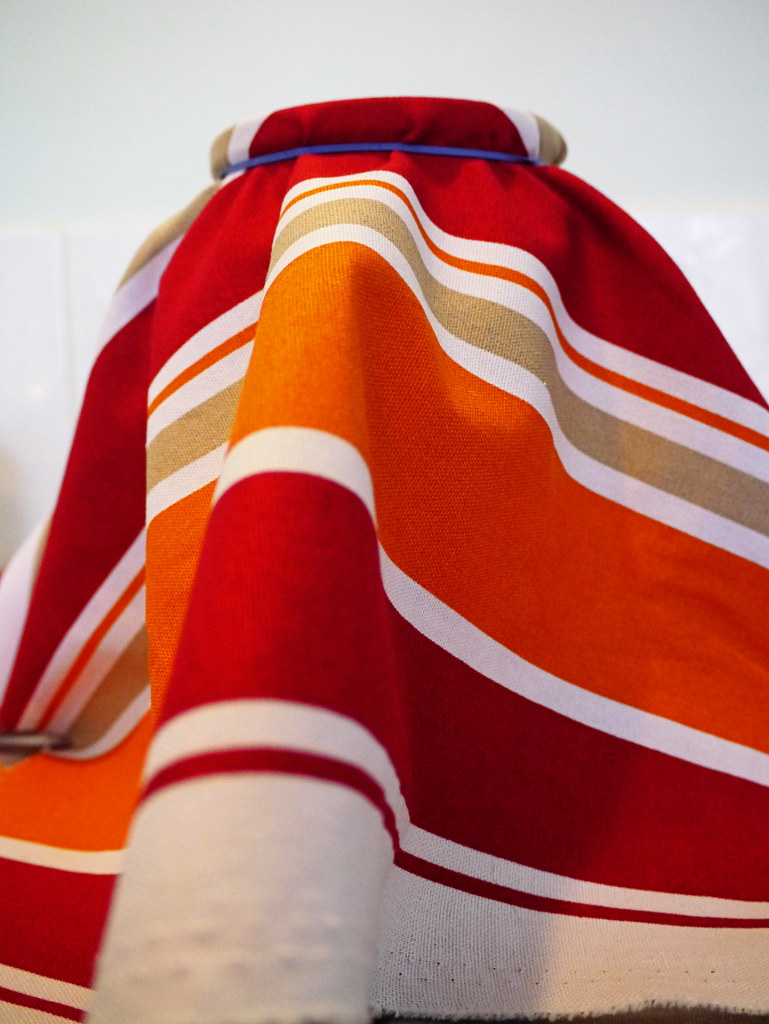
A jar of raw kombucha and sweetened green tea mixture in the process of growing a SCOBY mother/mushroom/baby hiding under a veil.
[dropcap]My[/dropcap] first encounter with kombucha was many years ago when I was young, when I noticed and questioned my parents about the mysterious jar of moving brown liquid with the peculiar wobbly, jelly mass living in it, residing in our kitchen.
Although slightly similar in colour to fish sauce, but with a totally different aroma and consistency, I knew it was in a league of its own. If my memory serves me correctly, my parents explained it as being some kind of ‘tea medicine’. At the time, I had little interest in (in fact, an aversion to) both tea and medicine, so I just ignored and forgot about that jar of kombucha there and then.
Recently, with my sudden interest in pickling/preserving food (padaek, pickle onions, pickled beetroot/kvass) (only heaven knows why), and a slight/growing interest in paleo diet/food, and through my research/studies, I’ve managed to re-encounter the mysterious and enigmatic kombucha and its jelly-like mother called SCOBY (not Scooby) once again. 1

First, let’s set the scene without getting into too munch detail because there’s a lot of info to know about kombucha which is already available online, for example here, here, here and here. Have fun learning about kombucha like I did folks. Seriously, it’s really quite fascinating!
What is kombucha?
Kombucha or kombucha tea (also known as Manchurian tea, Kargasok tea, tea fungus) 2 is a lightly effervescent (don’t you just love that word?) fermented beverage made with tea, sugar, bacteria and yeast. The words used to describe the taste of kombucha include earthy, tangy, sour, fizzy, sharp and refreshing. To make the tea more palatable, juice is often mixed with the base brew. And if you look closer at the kombucha, you’ll see a cloud of tiny floating strands of bacteria in the raw/unpasteurized drink. 3
It is an ancient drink believed to have originated in Northeast China or Manchuria, later spreading to the east (Korea and Japan) and west (Russia, Germany and Europe) 4, and now the rest of the world, making them most likely available in your local health food store. 5
Kombucha is considered as a functional food and there’s a tonne of claims and praises for its many health benefits. Some of these health benefits include detoxification, joint care, aids digestion and gut health, and immune boosting. 6 According to Traditional Chinese Medicine, kombucha tea was referred to as the ‘Tea of Immortality’ and the ‘elixir of life’. 7
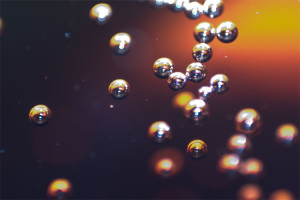
Despite these miraculous health claims, the American Cancer Society states that, ‘Available scientific evidence does not support claims that Kombucha tea promotes good health, prevents any ailments, or works to treat cancer or any other disease. Serious side effects and occasional deaths have been linked with drinking Kombucha tea’. 8
Not the best piece of info to add into a post on kombucha or how to make your own kombucha/SCOBY, is it? But these are some of the varied info/views that are out there on, and it helps to know/be aware of them so that we can make our own informed choices.
Kathleen Zelman from WebMD states that the benefits of kombucha tea are primarily based on personal reports and a few animal studies. Even though there are no clinical trials or scientific evidence to substantiate the claims, that does not mean that there are not any benefits from drinking the tea. It simply means that there’s no evidence that proves the benefits it claims. 9
That’s enough kombucha theories and complexities for the meantime. 10 To me and from my research so far, kombucha is a delicious and fantastic drink that is rich in probiotics which are great for our inner health/gut flora, etc.
We are both regular tea drinkers (black with one for me please!), so drinking and making kombucha is another great way for us to enjoy this already healthy beverage. And if the other health benefits/claims such as ‘helps with grey hair and balding’ 11 are true, then that would be awesome too, of course! 12
Before we carry on, let’s have a tea break! 13
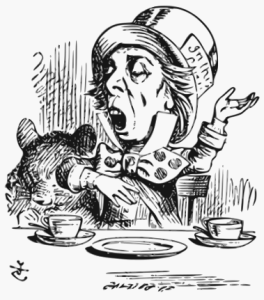
OK, we’re back. As you can see, kombucha is a special drink that has various views on its health benefits. It is not a cure-all/panacea or magical elixir but it does have some beneficial bugs similar to yogurt, kefir, or other probiotic drinks/fermented foods. A safe and easy way to enjoy kombucha is to consume one that is commercially prepared and pasteurized. 14 However, if you’re thrifty and like DIY like I do, you can also try brewing your own batch of kombucha!
To make your own kombucha, you will need to have a SCOBY. 15 A SCOBY ferments the tea and interacts with the sugar making the kombucha probiotic rich, effervescent and slightly alcoholic. 16 A SCOBY can be obtained/purchase individually (dehydrated or soaked in kombucha/starter tea) or as part of a kombucha starter kit. You can find SCOBYs and kombucha start kits for sale online. 17 Better still, why not try and grow your own SCOBY at home? That’s where this post comes in!
The secret to growing your own SCOBY using this method is that you need to start with raw kombucha (preferably unflavoured). It can either be store-bought kombucha or one obtained from a friend or home kombucha maker. Along with the kombucha, you’ll also need sweetened caffeinated tea, a glass jar with a covering, and a warm safe place to store the kombucha for it to ferment and grow the new SCOBY. The SCOBY will start off as a small baby and then grow to the more familiar jelly cake shaped mother/mushroom.
For this method, I used one bottle of Mojo Organic Original Kombucha bought from Go Vita. I have not tried this method before but I do like the look and sound of Mojo and have a good feeling about the outcome. There are other brands of kombucha on the market that you might want to try. Just make sure you choose a raw/unpasteurized and unflavoured bottle of kombucha.
I based the following method/recipe on the instructions provided by Salixisme and Food Renegade. Thank you both very much for sharing your methods! It is a very simple process and both instructions are very similar. 18 Let’s just hope that it works and my new SCOBY will develop and grow big and strong. I’ll keep you updated on its progress as soon as something exciting happens. I honestly can’t wait to see my new SCOBY baby/mother/mushroom and how it grows. I have even already decided on a name for it. I’ll let you know what it is in the next kombucha post. That’s all for now folks. Thanks for reading, stay tuned and keep happy!
Disclaimer: The following method of growing my own SCOBY mother/mushroom/baby from a store-bought kombucha is a personal experiment. There are different views/info on this method, so please do your research first so that you can make an informed decision. I will take no responsibility if your SCOBY does not develop/grow, or if it does but it is weak and/or dies, or if you use it and the people who drink the kombucha made from it fall ill. Besides that, happy SCOBY growing! 19
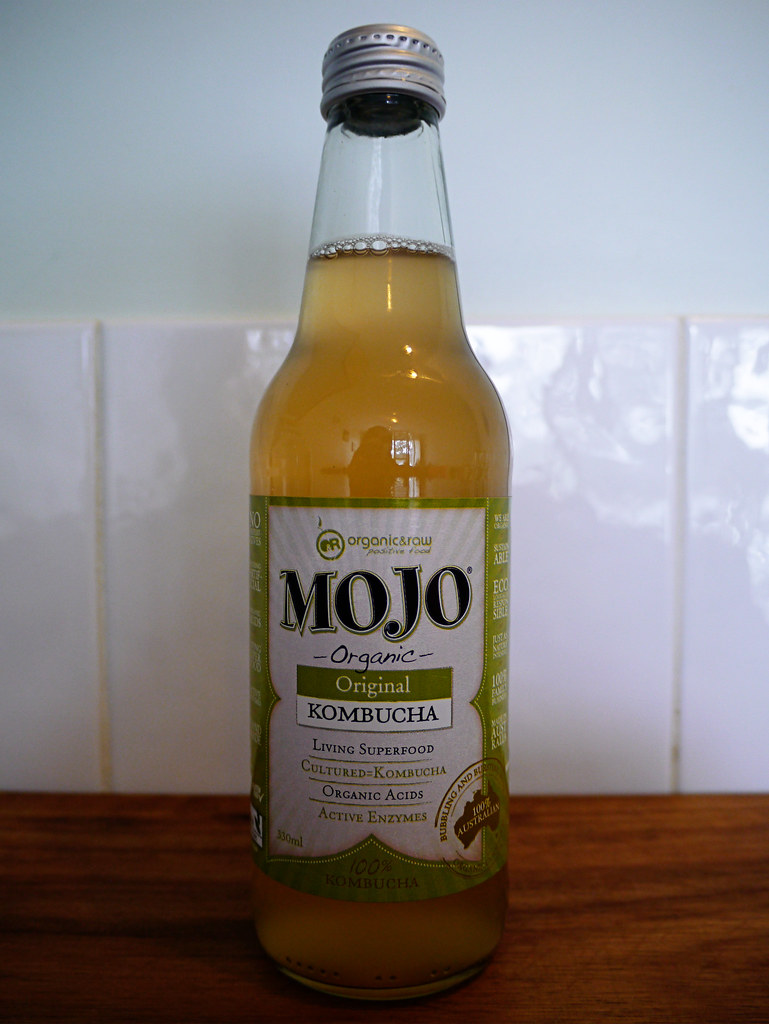
Mojo Organic Original Kombucha, 100% kombucha.
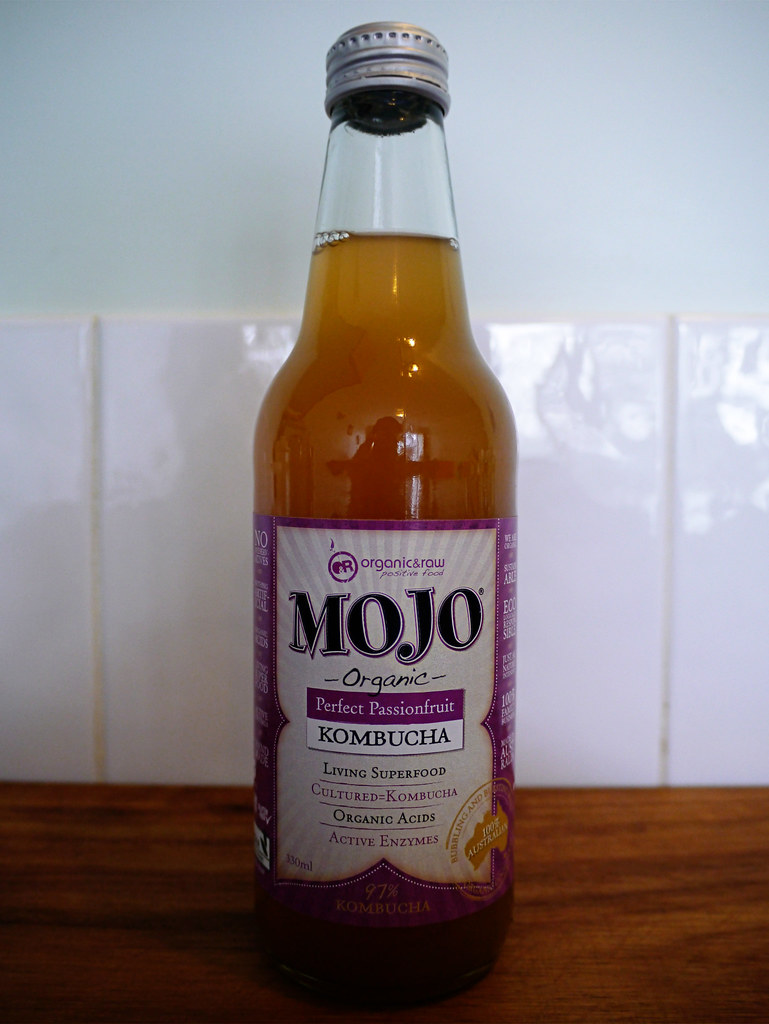
Mojo Organic Perfect Passionfruit Kombucha, 97% kombucha.



Note: In her recipe/method (which she no longer recommends), Kristen Michaelis (Food Renegade) used filtered water to make her tea. I was unable to get filtered water so I used spring water instead. I’m not sure how different/better the spring water is compared to my tap water, but I thought I’d give it a go anyway.
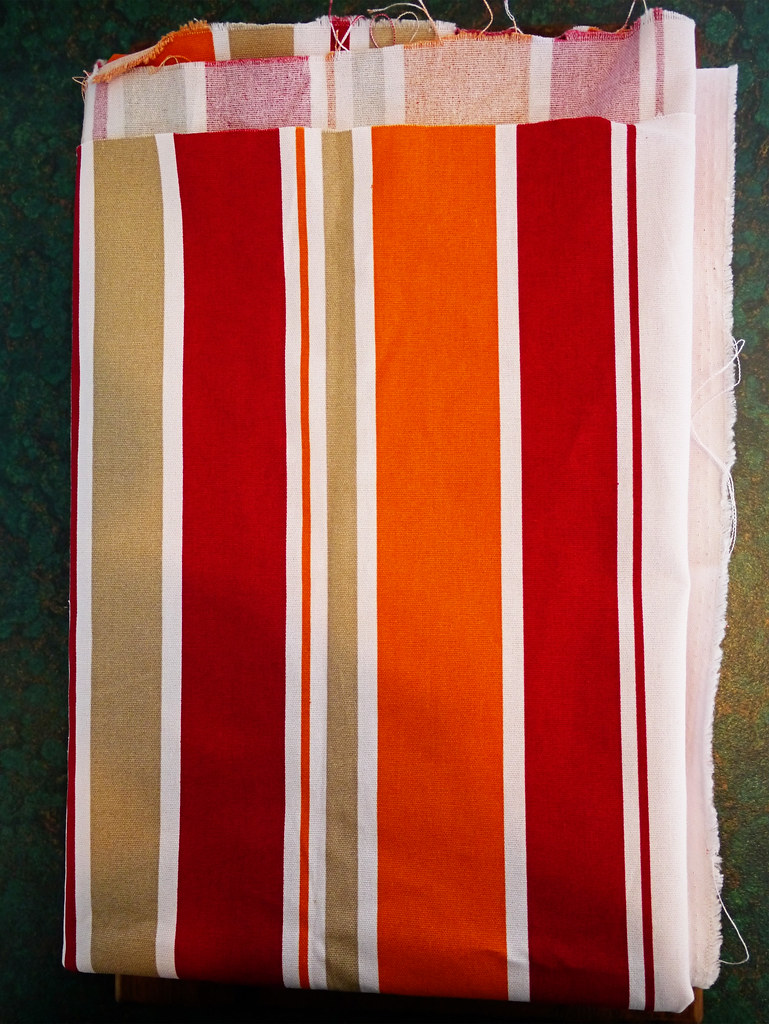
Make sure that the cloth/fabric that you use to cover the mouth of the jar is breathable and natural!
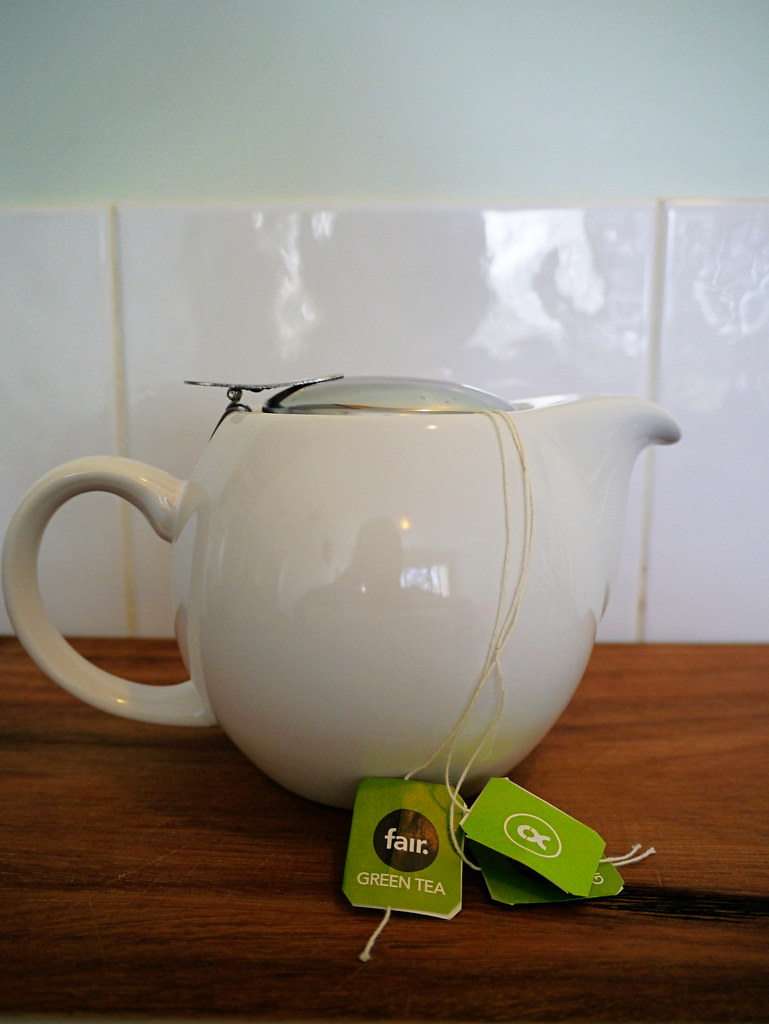
Bring a kettle of water to the boil. In a teapot, add the teabags. Carefully pour in the boiled water and add the raw sugar. Jiggle the teabags and press them against the inside wall of the teapot with a teaspoon to squeeze out as much tea as possible. Gently stir the tea solution to dissolve the sugar. Cover with a lid and let the tea brew and cool down completely.
Note: In this tea brew, I used three teabags. Two for the kombucha and for the teapot. I think that the teapot likes to think that its having a cup of tea as well, even though all of the tea is going in the recipe. Next time teapot. I’ve read that when making kombucha, it is critically important to the health of the SCOBY that it does not come in contact with metal. This includes jewelry, measuring cups, utensils, strainers, etc. Glass, plastic, and wooden kitchen items are recommended alternatives. Although, metal is only harmful if it comes in contact with the SCOBY itself, so it is OK to use a metal tea ball or spoon when brewing your tea. Just remember to remove any metal when adding the SCOBY![ref]Reference: http://www.culturesforhealth.com/kombucha-equipment.[/ref]
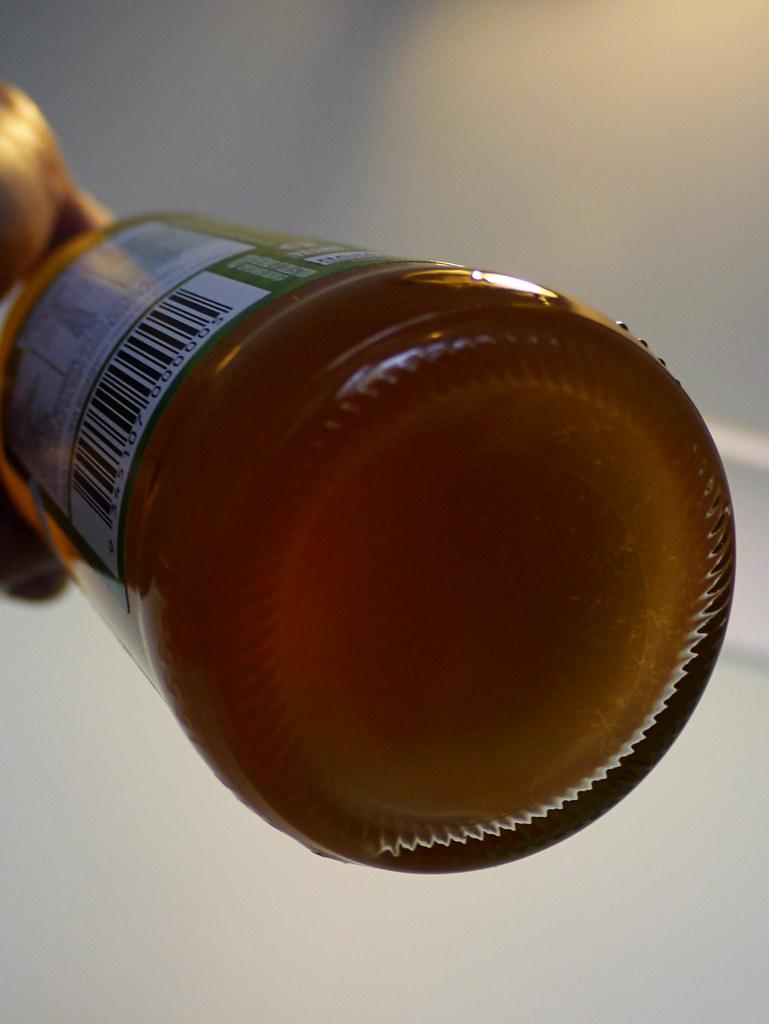
The bottom of the Mojo Organic Original Kombucha. Notice the fine floating bits/strands in the bottle? According to the Mojo FAQs, this is proof that the product is alive and living. They are strands of the culture and are enjoyed as part of the drink. Could these strands be the beginning of my SCOBY mother/baby?
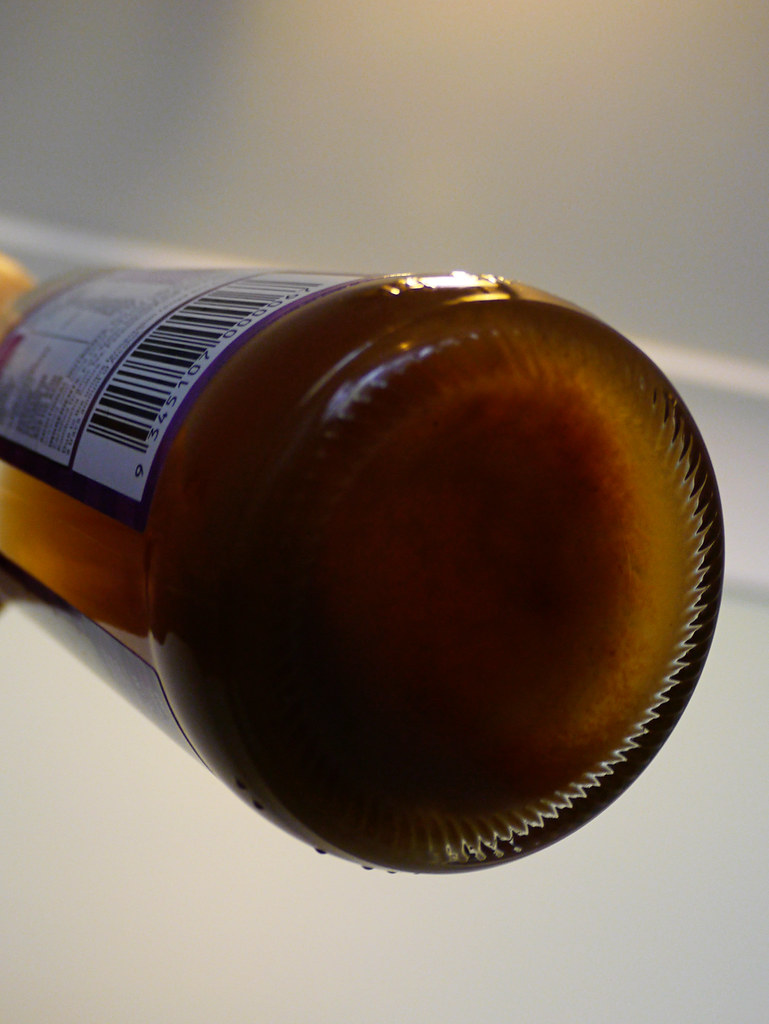
The bottom of the Mojo Organic Passionfruit Kombucha. The colour of this drink is darker than the Original Kombucha with more obvious sediments at the bottom of the jar. This blend is 97% kombucha with I believe 3% passionfruit.
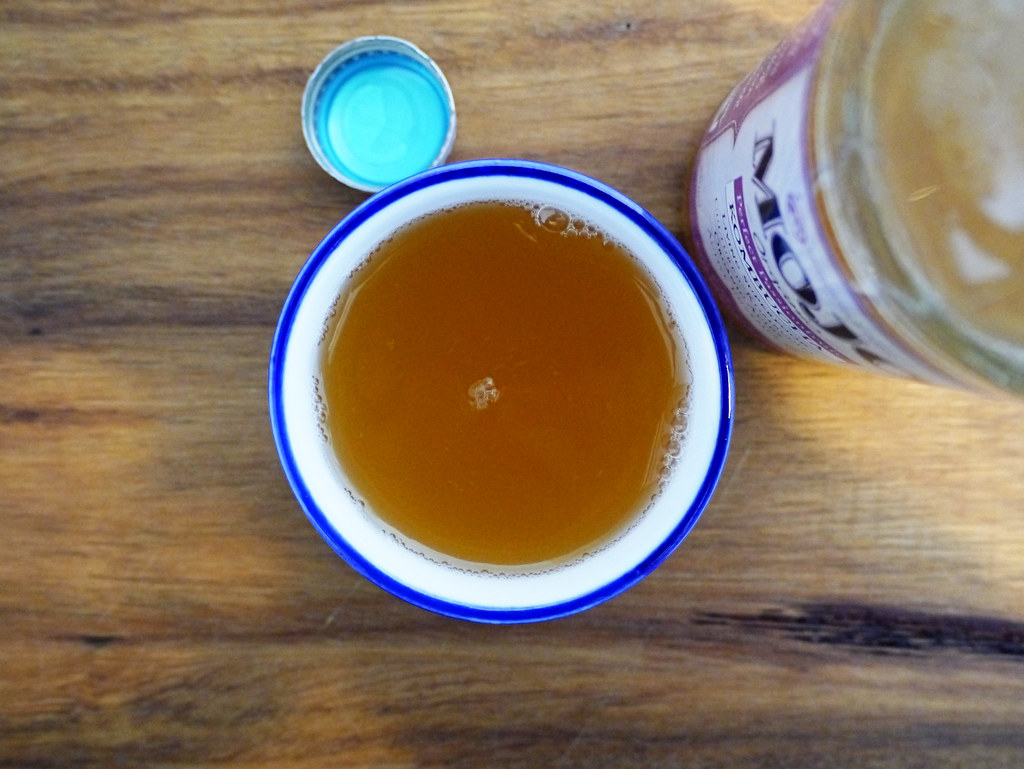
A taste test of the Perfect Passionfruit Kombucha. When opened, the drink bubbled up to the top of the bottle. When poured, it was bubbly and fizzy. It smelled aromatic and appetizing. It tasted delicious; mildy sweet, fizzy, slightly tangy with subtle yet obvious sweet passionfruit/’Passiona’ flavours. Yum! I only had a small taste of the Original Kombucha because I used 99% of it in the recipe/jar. From what I tasted, it too was pleasant tasting; fizzy, tangy but expectedly less flavoursome compared to the Perfect Passionfruit.
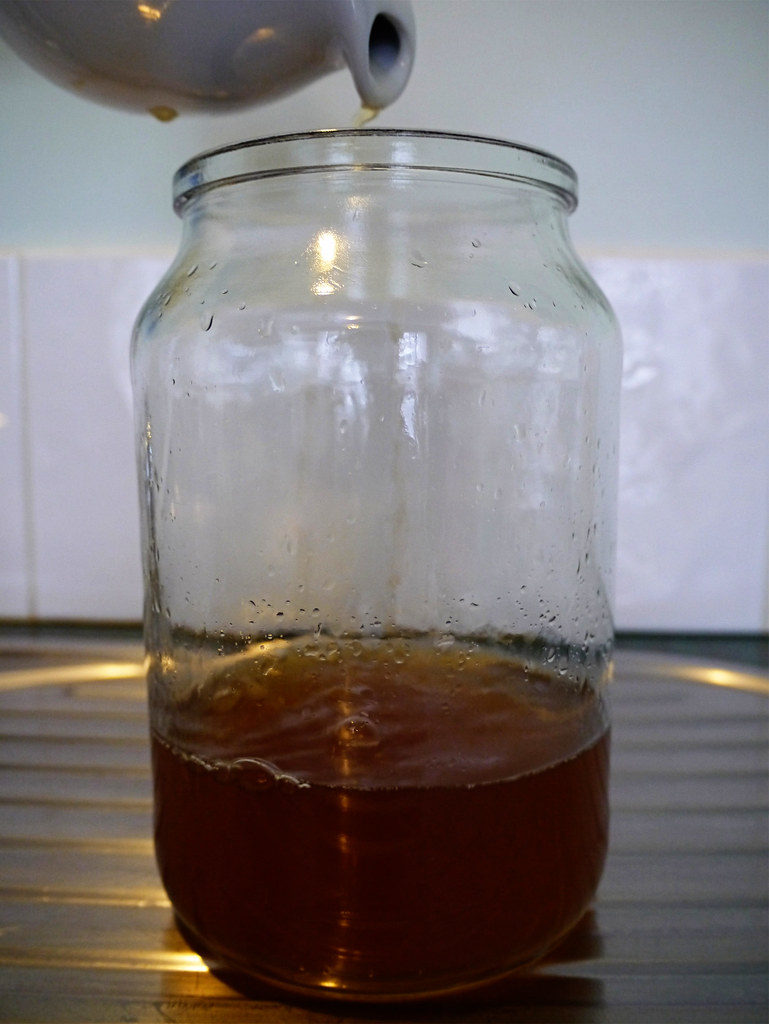
When the tea has cooled down completely, carefully pour it in a sterilized glass jar.
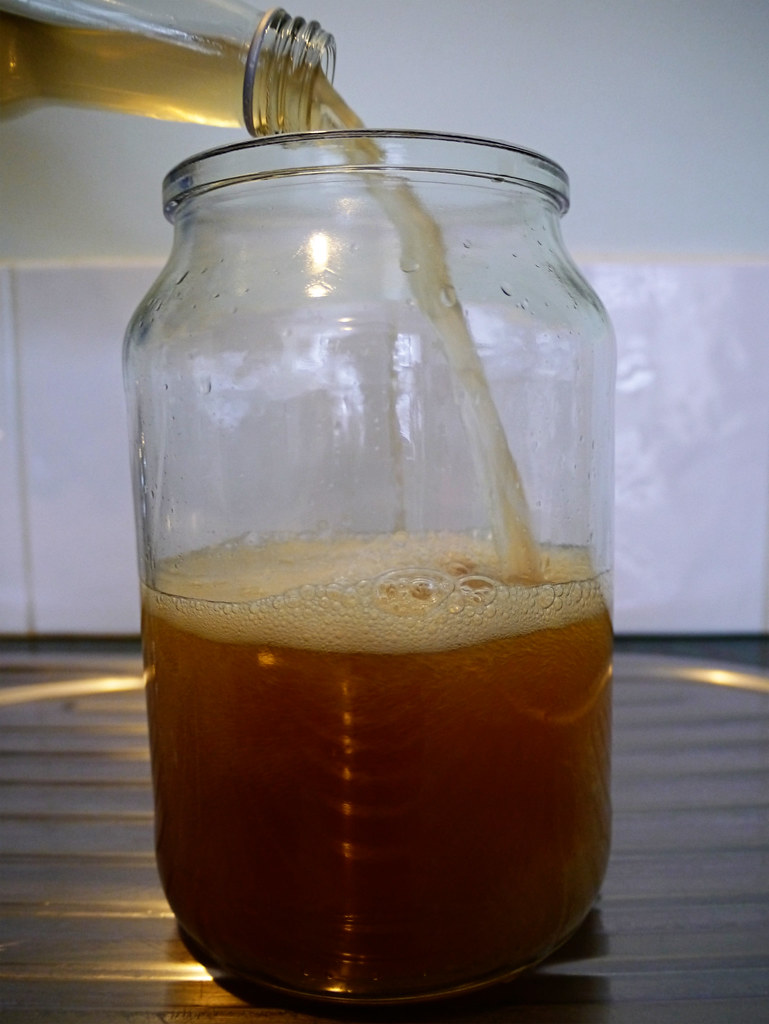
Then, carefully pour in the raw organic kombucha.
Note: After pouring in both the tea and the kombucha, I forgot/did not stir the mixture. In retrospect, perhaps I should have stirred it with a wooden/plastic spoon. Alas, hopefully the recipe will still work…
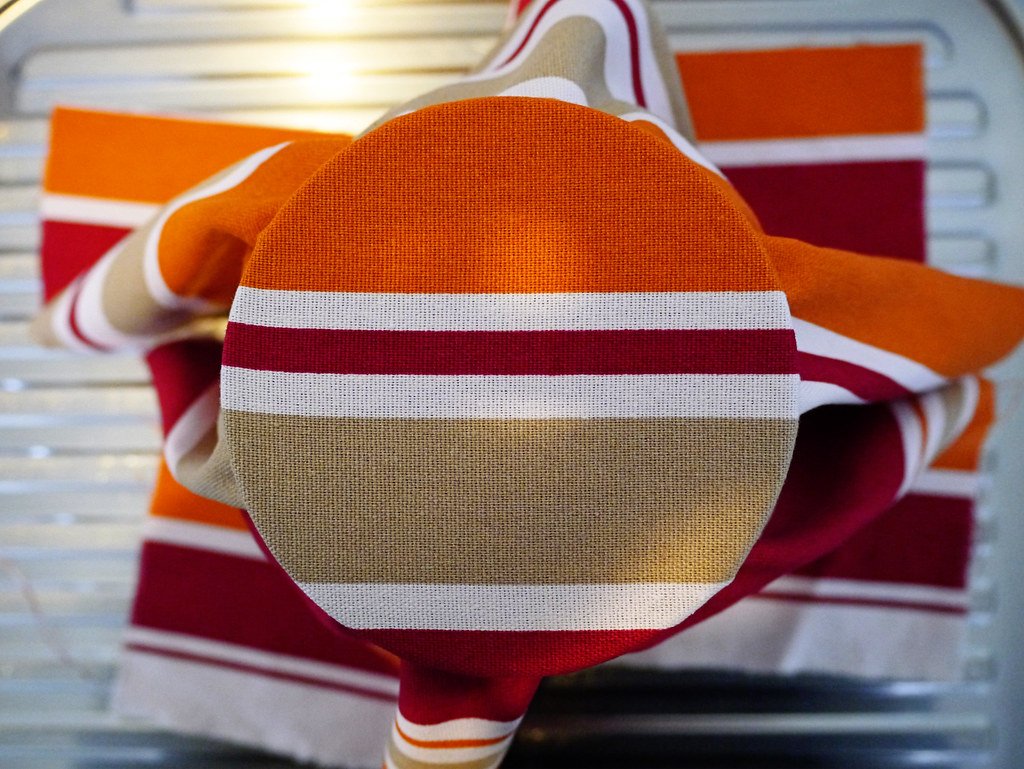
Cover the mouth of the glass jar with a clean breathable cloth and tightly secure with a rubber band so that the tea/kombucha mixture can breathe, at the same time keep out any insects or contaminants!
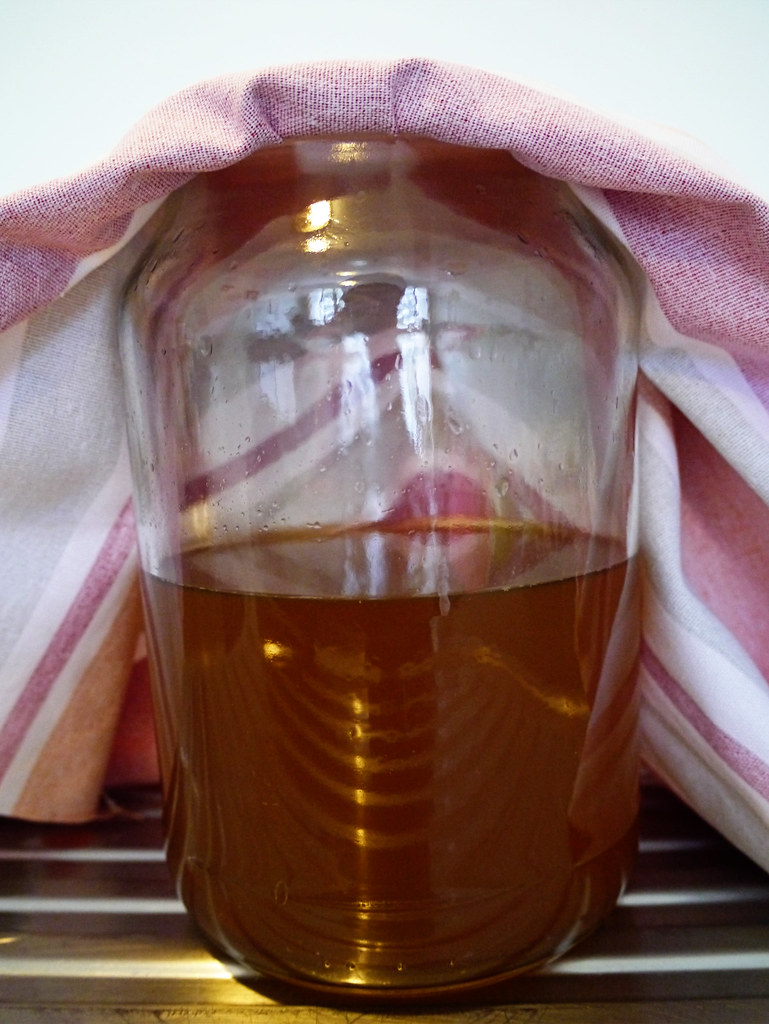
Store the jar in a cool, dark, safe place to ferment. I kept mine in a kitchen cupboard. Check it daily. You should soon see some growth developing on the surface of the liquid. After about one week or two, you will notice a layer of jelly like mass on the surface. This is your new SCOBY. Congratulations! You are now a proud parent of a new SCOBY baby. When the SCOBY is about 1 cm thick or more, and more white/opaque than clear, it is ready to use.
Note: The cloth that you use to cover the mouth of the jar does not need to be this big. Although, I do think that perhaps the SCOBY baby/mother/mushroom might want some privacy when it is growing.
- 1 bottle of raw organic unflavoured kombucha (I used one 330 ml bottle of Mojo Organic Original Kombucha)
- 3 organic green tea bags
- 2 TBS of raw organic sugar
- 2 cups of spring water
- Bring a kettle of water to the boil.
- In a teapot, add the teabags. Carefully pour in the boiled water and add the raw sugar. Jiggle the teabags and press them against the inside wall of the teapot with a teaspoon to squeeze out as much tea as possible. Gently stir the tea solution to dissolve the sugar.
- Cover with a lid and let the tea brew and cool down completely.
- When the tea has cooled down completely, carefully pour it in a sterilized glass jar.
- Then, carefully pour in the raw organic kombucha.
- Cover the mouth of the glass jar with a clean breathable cloth and tightly secure with a rubber band so that tea/kombucha mixture can breathe, at the same time keep out any insects or contaminants!
- Store the jar in a cool, dark, safe place to ferment. I kept mine in a kitchen cupboard.
- Check it daily. You should soon see some growth developing on the surface of the liquid. After about one week or two, you will notice a layer of jelly like mass on the surface. This is your new SCOBY. Congratulations! You are now a proud parent of a new SCOBY baby.
- When the SCOBY is about 1 cm thick or more, and more white/opaque than clear, it is ready to use.
Update 05/09/14:
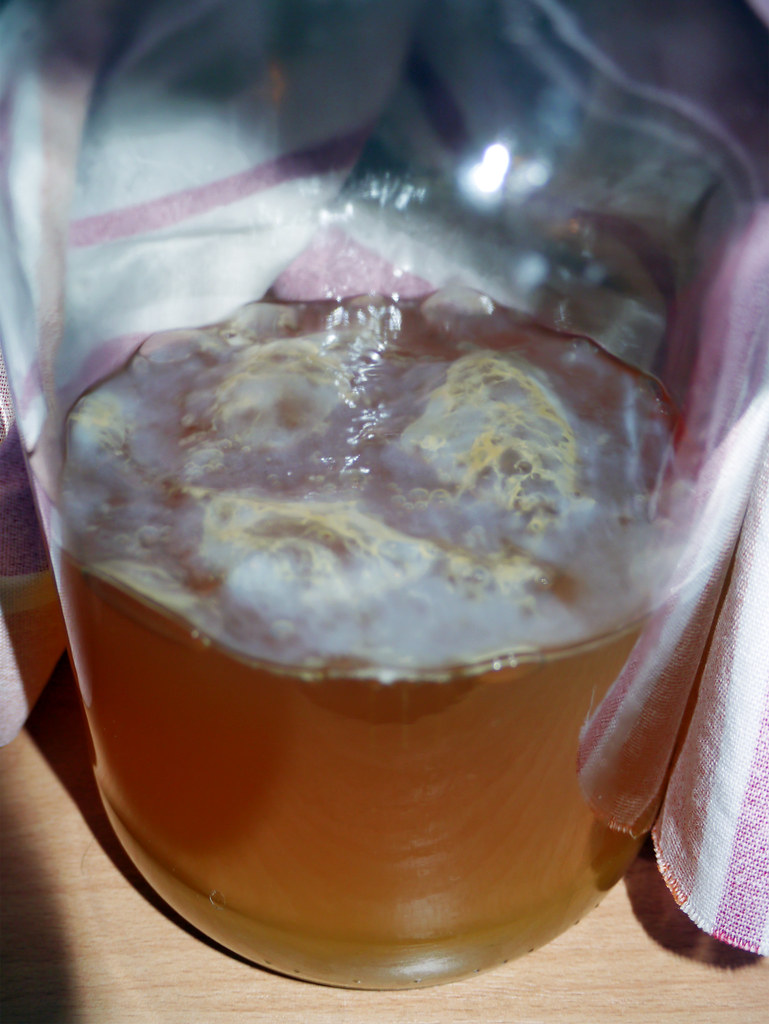
Kombucha SCOBY #4
Date Taken: 05/09/14, 2:27 AM (6 days old)
Update 12/09/14:
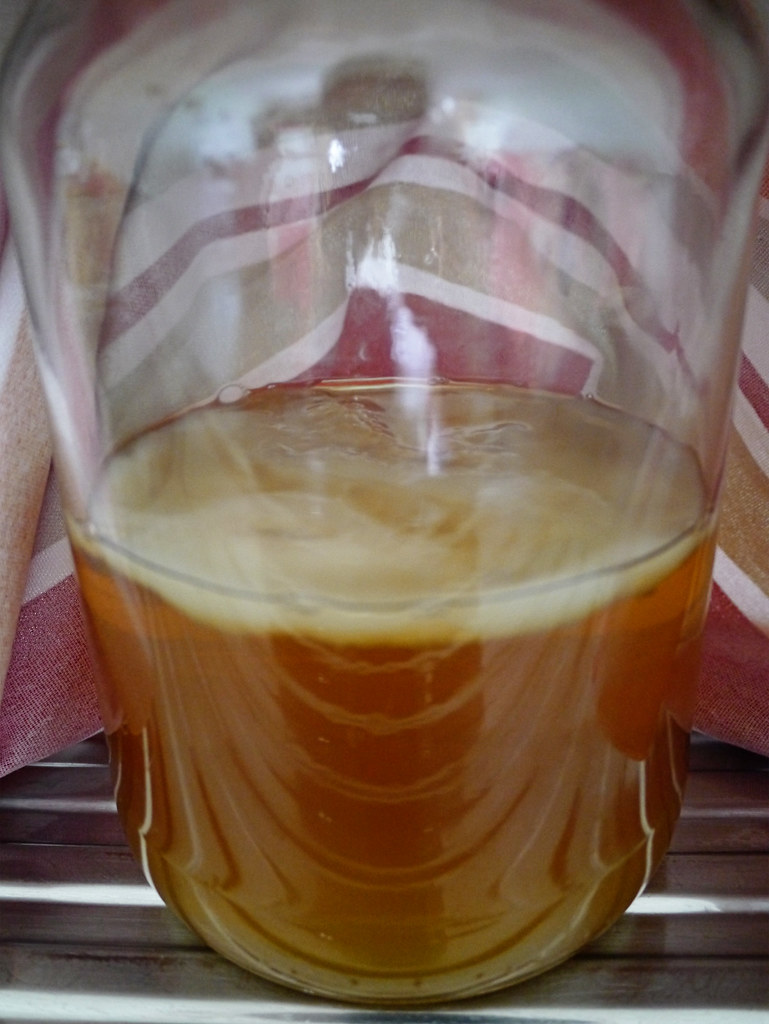
Date Taken: 12/09/14, 4:37 PM (13 days old)

Date Taken: 12/09/14, 4:37 PM (13 days old)
Update 30/09/14:
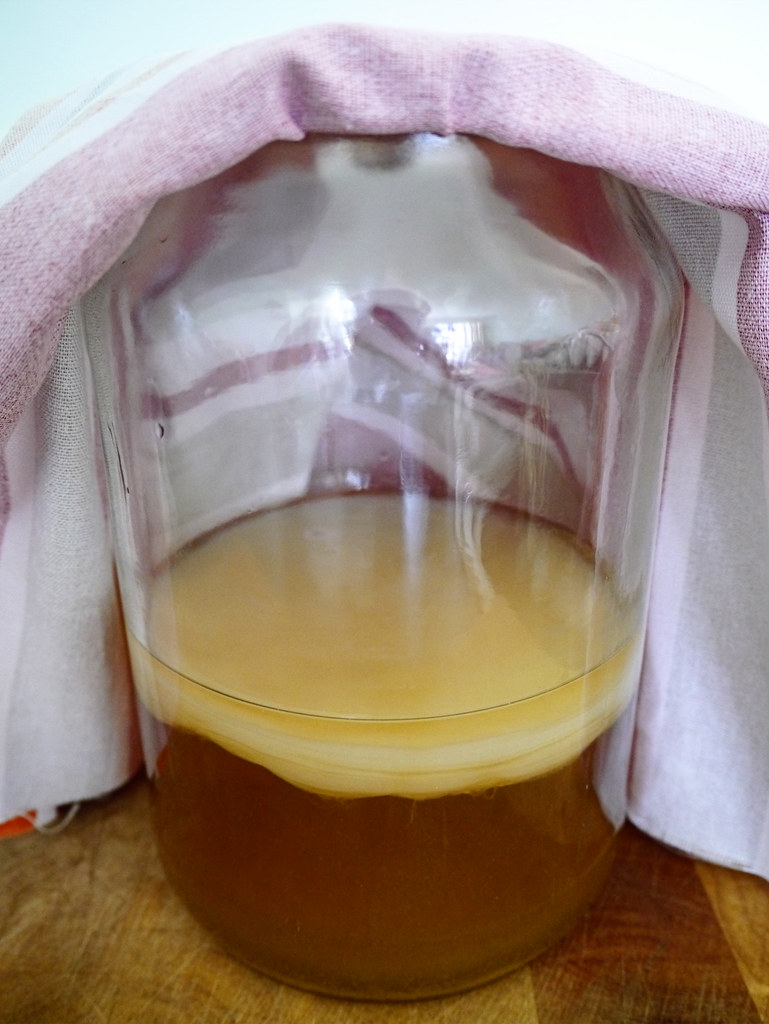
Date Taken: 30/09/14, 3:42 PM (31 days old)
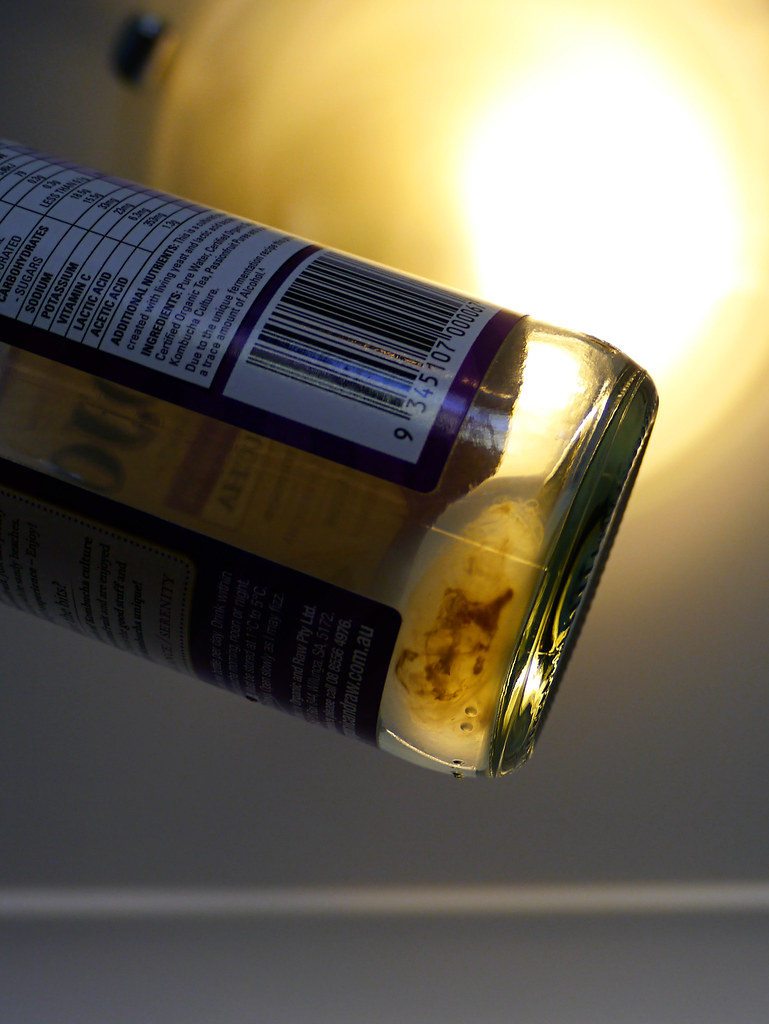
Date Taken: 30/09/14, 3:53 PM
Note: As an experiment, I decided to leave a little amount of the Perfect Passionfruit Kombucha in its bottle after drinking it and kept it. As you can see, 31 days later and it appears that a mini SCOBY had decided to grow from the leftover kombucha in the bottle! bigsmile Goes to show just how easy it is to grow a SCOBY, even from flavoured kombucha, provided the kombucha is raw/unpasteurized.
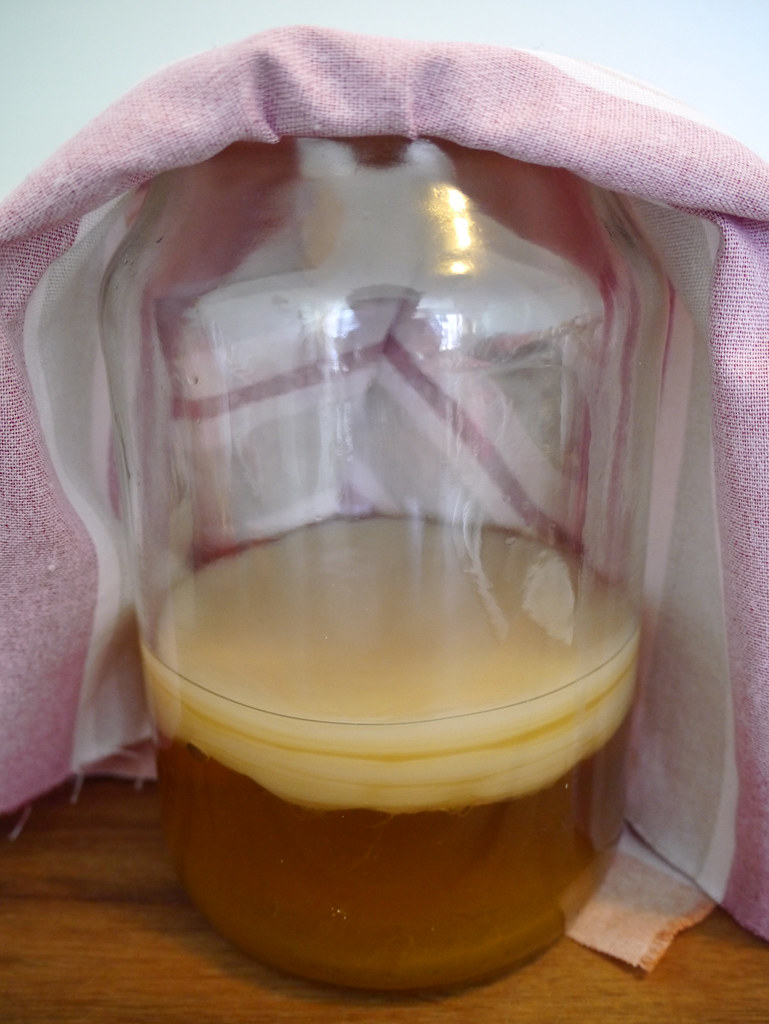
Photo Taken: 16/10/14, 2:20 PM (47 days old)

Notes:
- Still frame from the debut episode of Scooby-Doo, Where Are You!: “What a Night for a Knight”. (original airdate: September 13, 1969). Copyright © 1969 Hanna-Barbera Productions, Inc. Source: DVD frame capture taken by FuriousFreddy from Scooby-Doo’s Original Mysteries DVD (Region 1). DVD copyright © 2000 Warner Home Video. Image Source. ↩
- Reference: http://www.cancer.org/treatment/treatmentsandsideeffects/complementaryandalternativemedicine/dietandnutrition/kombucha-tea. ↩
- Reference: http://www.webmd.com/diet/features/truth-about-kombucha. ↩
- Reference: http://en.wikipedia.org/wiki/Kombucha. ↩
- ‘Macro photograph of coca-cola bubbles’ by Spiff (License: Public domain). Image Source: http://en.wikipedia.org/wiki/File:Soda_bubbles_macro.jpg. ↩
- Reference: http://www.foodrenegade.com/kombucha-health-benefits/. ↩
- Reference: http://www.happyherbalist.com/kombucha.htm. ↩
- Reference: http://www.cancer.org/treatment/treatmentsandsideeffects/complementaryandalternativemedicine/dietandnutrition/kombucha-tea. The American Cancer Council does not recommend excessive consumption of kombucha because the potential health risks of kombucha tea are unknown. For more info, please read: http://www.cancer.org/treatment/treatmentsandsideeffects/complementaryandalternativemedicine/dietandnutrition/kombucha-tea. ↩
- Reference: http://www.webmd.com/diet/features/truth-about-kombucha?page=2. ↩
- Although it is an important matter, but this post is starting to get long now. ↩
- Reference: http://www.groundednutrition.com/healthandnutrition/make-kombucha-home/. ↩
- Apart from its health benefits, kombucha culture can also be utilized to manufacture artificial leather. Pretty amazing, huh?! smile Reference: https://www.organicfacts.net/health-benefits/beverage/health-benefits-of-kombucha.html. ↩
- The Mad Hatter, illustration by John Tenniel (1865). Permission: Public Domain. Image Source: http://en.wikipedia.org/wiki/File:MadlHatterByTenniel.svg. ↩
- Reference: http://www.webmd.com/diet/features/truth-about-kombucha. ↩
- SCOBY (Symbiotic Colony Of Bacteria & Yeast) refers to the cultures of bacteria and yeast present during the production of kombucha. Other foods and beverages which require SCOBY in their production include ginger beer, kefir, vinegar, and sourdough. Reference: http://en.wikipedia.org/wiki/SCOBY. Although sometimes referred to as a mushroom, a SCOBY is not actually a mushroom. It is called one because of the shape and color of the sac that it forms on the surface of the tea. Reference: http://www.cancer.org/treatment/treatmentsandsideeffects/complementaryandalternativemedicine/dietandnutrition/kombucha-tea. ↩
- Kombucha is usually between .5% and 3% alcohol. Store bought brands were found to contain more alcohol because the kombucha was still fermenting in the bottle. As a result, kombucha was temporarily pulled from store shelves in 2010. Now, all store bought brands are supposed to have taken steps to prevent fermentation from continuing in the bottle. This often means pasteurization which limits the benefits of the drink. Reference: http://www.phoenixhelix.com/2013/03/25/kombucha-myths-vs-truths/. Mojo Kombucha states on their labeling and website that their product has not been homogenised, pasteurised, micro waved steralised or synthesised. Reference: http://www.organicandraw.com.au/FAQs.html. ↩
- Try searching for kombucha or kombucha SCOBY on eBay, Gumtree and Google. ↩
- Both methods advise the use of raw/unpasteurized and unflavoured kombucha. The only difference between the two methods is that Salixisme used green tea, whereas I think Food Renegade used black tea. Food Renegade also used filtered water to make her tea. I was unable to get filtered water, so I used spring water instead. Please note that this method is no longer recommended by Food Renegade as stated on her post. However, based on the comments on the post from readers who have tried this method and succeeded, and from Salixisme’s successful example, I decided to give this method a try. ↩
- Please Note: This post is about growing a SCOBY mother/mushroom from a store-bought raw kombucha (or raw kombucha obtained from a home kombucha maker). It is not about growing a SCOBY from scratch, ie: without using kombucha. I have searched for a method/recipe to make kombucha/SCOBY without using existing kombucha but was unable to find one. If you know or find such a recipe/method, please let me know. Many thanks in advance! Also, please note that the method of growing a SCOBY from store-bought kombucha is not recommended by kombucha experts including Kombucha Kamp and Food Renegade compared to buying a mature SCOBY mother/mushroom or kombucha starter kit. Please read their posts to find out why. However, from my research, including Hanna Crum’s (Kombucha Kamp) ‘Special Note’ at the bottom of the post in the link above, and also from reading the comments on Food Renegade’s post, there is some chance/hope that this method will be successful, and it’s based on this info that I’m giving this method a go. Wish me and my kombucha SCOBY good luck! smile ↩